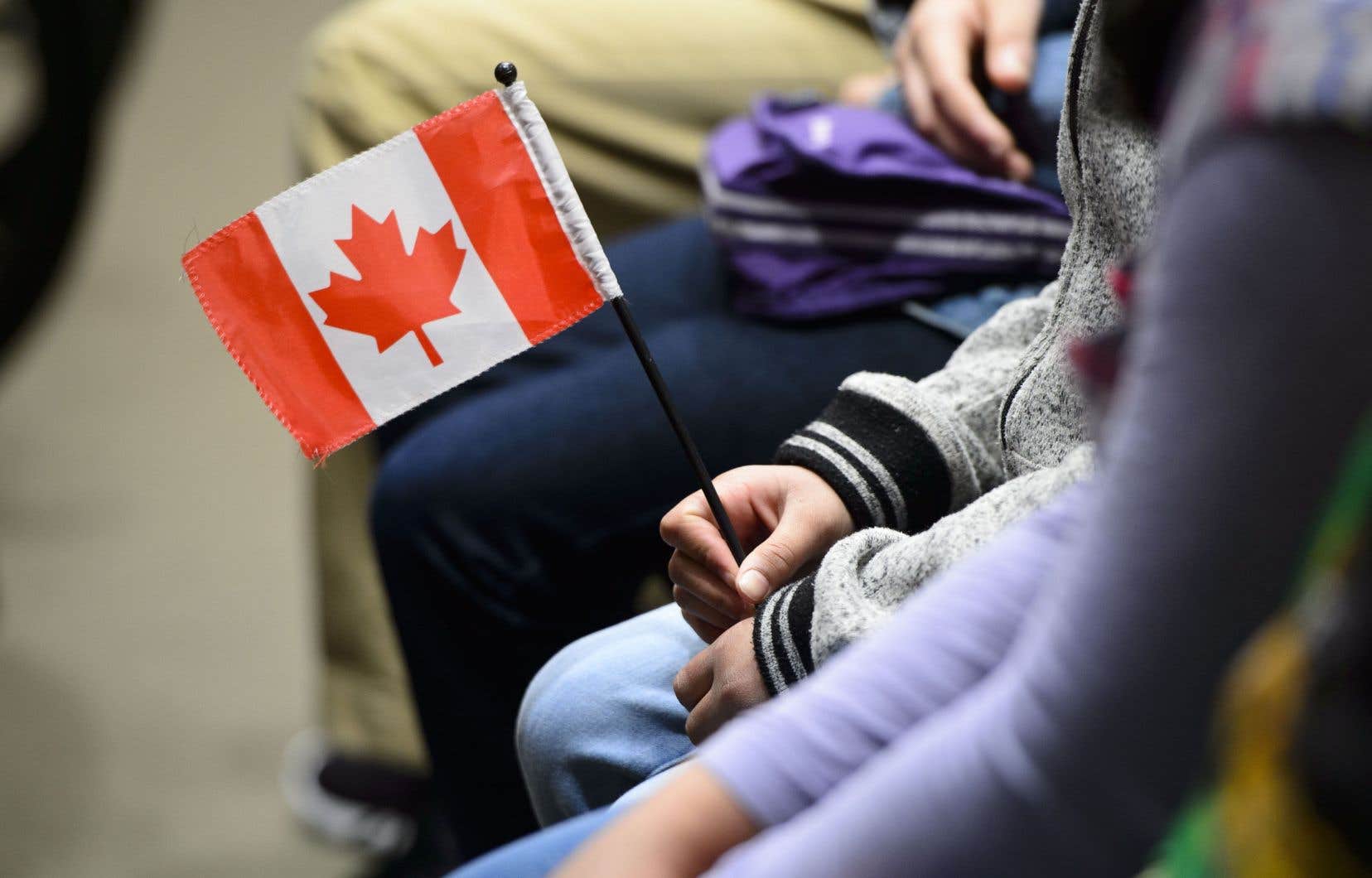While immigration ministers challenge and tear each other apart, immigration files already approved for permanent residence continue to pile up in Ottawa. Created by the divergence between accepted requests and Quebec thresholds, the bottleneck is also thickening more and more quickly.
Immigration is a jurisdiction shared between the two levels of government, but the fact remains that the federal Department of Immigration, Refugees and Citizenship (IRCC) strives “to respect Quebec’s requests regarding the number of new permanent residents,” they write to us. A person deemed eligible for permanent residence by all authorities is therefore waiting for a place among the provincial thresholds.
There are thus 38,000 refugees already recognized living in Quebec for a maximum threshold of 3,700 places set by the government of François Legault for 2024 and 2025. At the current rate, it will therefore take more than 10 years for everyone to fully obtain their residence. permed.
In the meantime, these people have access to services and can work, but they cannot apply for a permanent residence card. Will these years count before obtaining citizenship? IRCC remains silent on these elements despite our questions.
“There is no maximum deadline”, this ministry also writes to us to get out of this new limbo.
Minister Marc Miller does not mention it in the letter sent to his provincial counterpart, Christine Fréchette. He is rather indignant at the 24 to 50 months to process a request for family reunification, a shorter time than that for refugees recognized locally.
In terms of family sponsorship, there are 20,500 applications awaiting processing, for a target of 10,400 set by Quebec. The posted deadlines, for example, are 34 months to sponsor a spouse from outside the country, while you have to wait 12 months in other provinces.
Mechanical
A similar mechanism operates in both cases. It is no longer a simple immigration antechamber or a bureaucratic slowdown, since the province has already awarded a Quebec Selection Certificate (CSQ). On the other hand, it also transmits a maximum number of files to be processed to the federal ministry.
The person is therefore ironically “selected” by Quebec, but their application for residence stagnates in Ottawa, because the ministry respects the maximums established by the province, under an intergovernmental agreement.
In the case of refugees recognized locally, the person has already seen their asylum application accepted by the Immigration and Refugee Board (IRB).
After a favorable decision, the asylum seeker becomes a “person in need of protection” and can apply for permanent residence. He therefore turned to the provincial Department of Immigration, which awarded him a CSQ, which for a long time was a simple formality.
This backlog of waiting refugees has also increased by 8,000 individuals in six months, according to figures already published by The duty last August.
During immigration planning consultations last fall, community groups suggested counting these people outside the permanent resident thresholds, like international students.
“More than 33,500 people whose applications were refused, abandoned or withdrawn by the IRB” also had an address in Quebec, says IRCC. They could have left the country, but there is no confirmation of this. It is therefore rather 89,000 asylum seekers who are on Quebec territory, writes IRCC.
Quebec uses the number of 160,000 asylum seekers to justify its reimbursement requests in Ottawa, data recorded by Statistics Canada without regard to the progress of their request.
When it comes to reunification, several families have launched heartfelt cries in The duty in the last year to protest against these delays which sometimes separate children from one of their parents. It is indeed Quebec’s immigration targets that are slowing down family reunification, Ottawa had already confirmed.
